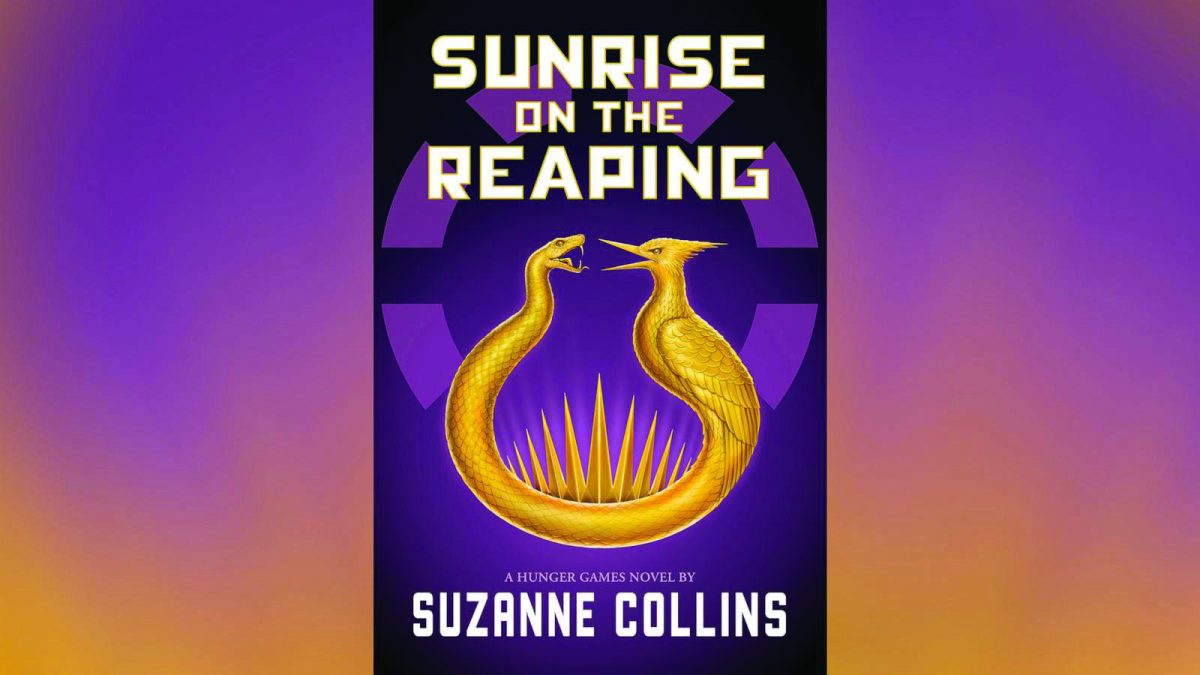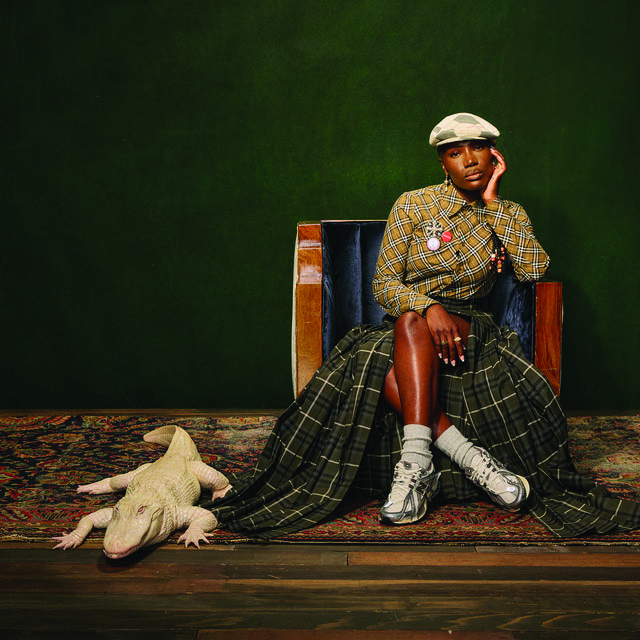NEW YORK – As a courtesy when they met a collection of Yemeni rebels to interview for MTV’s new series “The Vice Guide to Everything,” Shane Smith of Vice magazine and friend Spike Jonze gave their hosts an offering of khat, a leaflike drug that is chewed on and enormously popular in the African country.
You wouldn’t exactly find Steve Kroft or Lesley Stahl offering drugs to please their interview subjects on “60 Minutes.” But MTV’s quasi-news documentary series is a wild ride with a whiff of danger that’s quite unlike anything on TV. It premieres Monday at 11 p.m. EST.
Smith and filmmaker Jonze decided to visit Yemen, a country some consider to be a new al-Qaida hotbed, to see what it was really like. They concluded many of the people there were high on drugs most of the time and most feared or were uninterested in al-Qaida as many Americans. Jonze does consulting work for Vice’s online video operation and accompanied Smith in that role.
That type of off-center story typifies the series. Within the first few episodes, “The Vice Guide” travels to Brazilian slums that produce some of the most vicious ultimate fighter competitors, a strip club operating out of a private home in Detroit, a drag strip in the West Bank where Palestinians race cars stolen from Israelis and to party rooms in Naples where singing stars such as Alessio have careers completely controlled by the Mob.
In many of the stories, you can viscerally feel the seediness. To film the young fighters in Brazil, Smith and his team had to arrange for access with drug lords who control their neighborhoods. Young teenagers with machine guns stood watch as the “Vice” crew did its work.
“They’ll shoot you — no questions asked,” Smith said.
A larger-than-life, John Belushi-type character, magazine founder Smith is the show’s centerpiece. He’s amused at the testing MTV did with some viewers before the series premiere, where executives asked in several different ways whether viewers were put off by the advanced age of the host. Smith is 40.
Vice began as a music magazine Smith started in Montreal, then spread to fashion and became popular with the skateboarding set. Ever restless, Smith has pushed his small empire into different subject matters and mediums. MTV was a logical target for a series pitch: “It’s the largest global footprint for youth in the world,” he said.
Besides the imagination to see stories traditional media outlets might not see, ones that might particularly appeal to a young audience, Smith said simple legwork has a lot to do with the pieces found on “The Vice Guide.”
“First you have to go there,” he said. “What people usually do is rely on stringers. You have to go hang out there and the stories will come to you. Then you just ask people about their life. Everyone wants to tell their stories.”
He spoke last week while suffering jet lag from a trip to Afghanistan. He had talked his way into a tour of some palatial homes owned by drug lords in the dirt-poor country.
Chris Linn, MTV’s programming chief, said the series feels irreverent, raw and authentic. Smith has described the show’s style as a cross between “60 Minutes” and “Jackass.”
“We have a long history of documentary series and this is a different aspect of that, a different approach,” Linn said. “Our audience is innately curious about these sort of topics as they are looking forward to life, and we want to give them as many experiences as we can.”
Each episode is 30 minutes, which can be a weakness since the stories at times feel rushed. Viewers quickly get the point in the story about the Detroit strip club, for example, but the Brazilian fighter piece leaves you wanting more. The environment is introduced, but not enough is learned about the young men involved.
At least initially, the majority of the stories hew closely to a limited vision of what might interest a young audience: sex, drugs and violence.
There are fascinating insights and some startling access. Smith and a crew talked its way into North Korea, for example, and witnessed the Aringrang, a performance of some 150,000 people on the history of the Korean Revolution. Except for some North Korean army officers, the Vice crew was the only audience.
“North Korea is scary,” Smith said. “But I have to say, going back in time to the 1930s cult of personality, Soviet-style life is really amazing. You can see some things that people would never see.”










